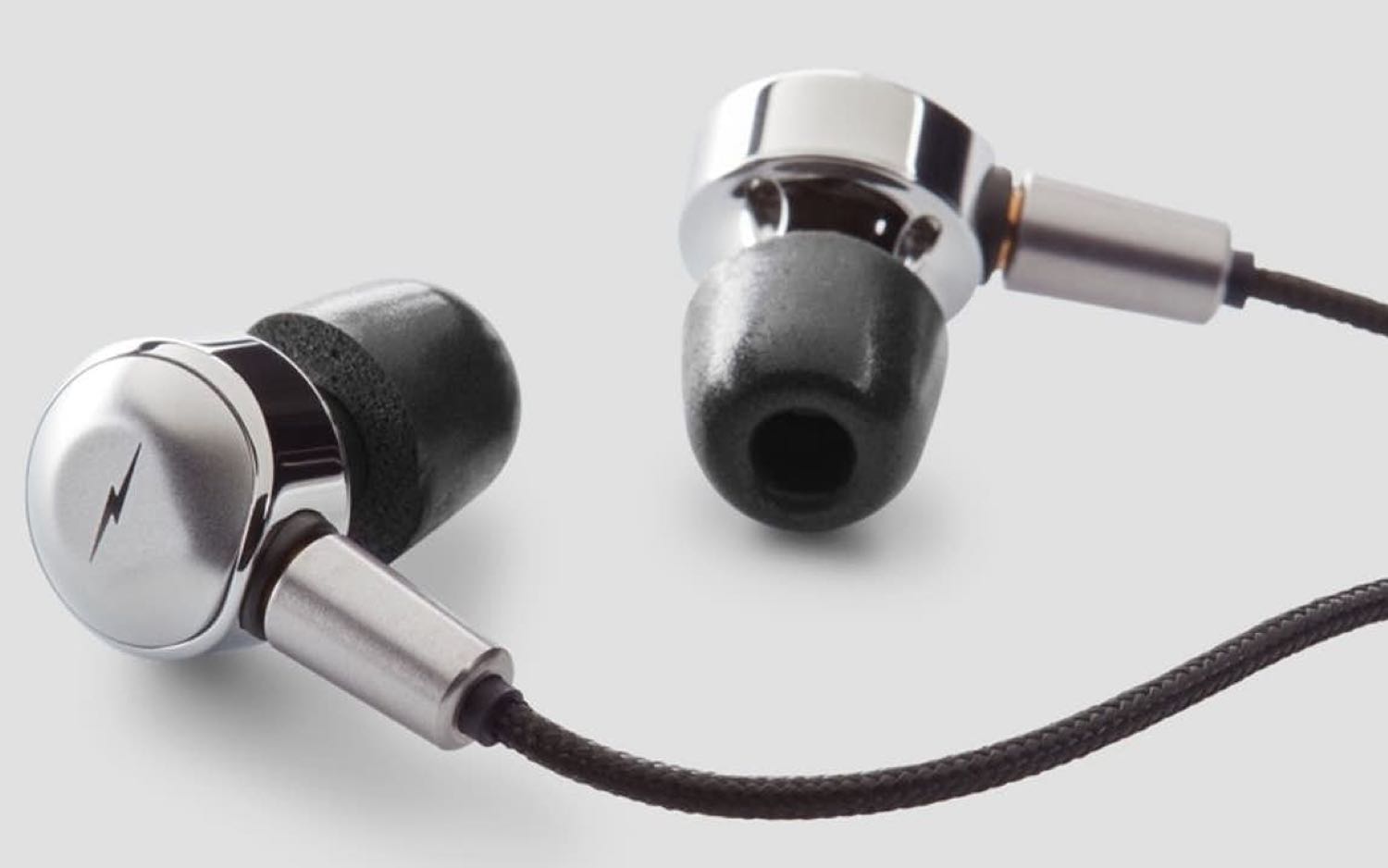Tom's Guide Verdict
The Shinola Canfield Bluetooth IEM offers great sound and battery life in a striking, opulent design.
Pros
- +
Clear, rich soundstage
- +
Superior craftsmanship
- +
Great noise isolation
- +
Multi-point connectivity
- +
Strong battery life with fast charging
- +
Detachable audio cable
Cons
- -
Pricey for most consumers
- -
Fit won’t accommodate listeners with active lifestyles
- -
Google Assistant is finicky
Why you can trust Tom's Guide
Shinola has generated great buzz over the years thanks to the success of its premium wristwatches. But the company recently stepped into the audio space, crafting some of the most deluxe, handsome-looking earphones and headphones money can buy.
On its path to headphone supremacy, Shinola’s recently teamed up with Campfire Audio, another popular headphone maker with strong design credentials, to create the Canfield Bluetooth IEM. The end result: a beautiful pair of $125 earbuds with the build and sound quality to match its high price.
Design
Each earpiece on the Canfield Bluetooth IEM was constructed from precision-machined stainless steel with a PVD coating – the same coating that is used on Shinola’s wristwatches. It’s an extra layer that protects the device from scratches. The contoured front chambers also give the earbuds a distinct look, while the matte black finish is a nice touch that complements its elegant design.
The audio cable is the earbuds’ most compelling component for several reasons. One: it’s built from Kevlar and just as durable as the stainless steel on these bad boys. Two: there is a plastic module on each side to balance the device evenly on the neck. Three: the cable is detachable. It’s something I’ve never seen on a pair of wireless earphones. So, in the case you damage it, which I highly doubt, you can always contact the company about a replacement.
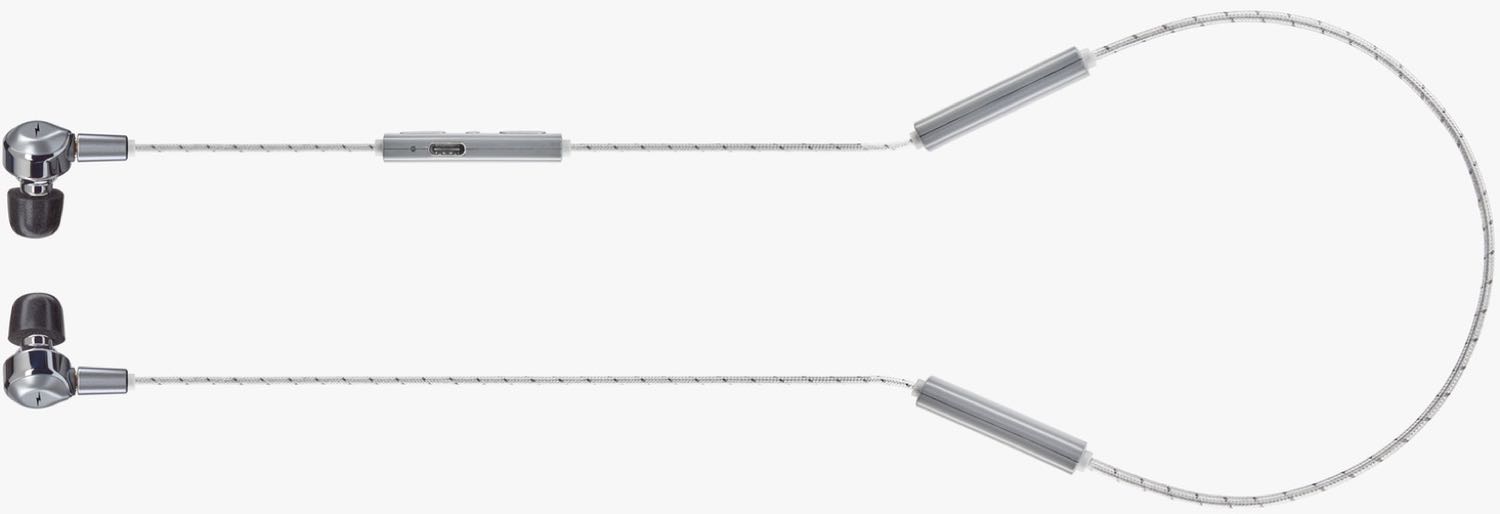
Inside the box is a compact carry case, instructions guide, USB-C cable, three sets of ear tips in different sizes and one set of memory foam tips. But for the price, it would have been nice to get an extra pair or two of memory foam tips.
The Canfield’s audio cable is built from Kevlar and just as durable as the stainless steel on these bad boys.
Comfort and Fit
High-end materials normally add weight to wireless earbuds and it’s no different here. The Canfield Bluetooth IEM measures at 1.2 ounces, placing it in a heftier class than its competitors – the Bose SoundSport Wireless hits the scale at 0.8 ounces and the Bang & Olfusen Beoplay H5 at 0.6 ounces.
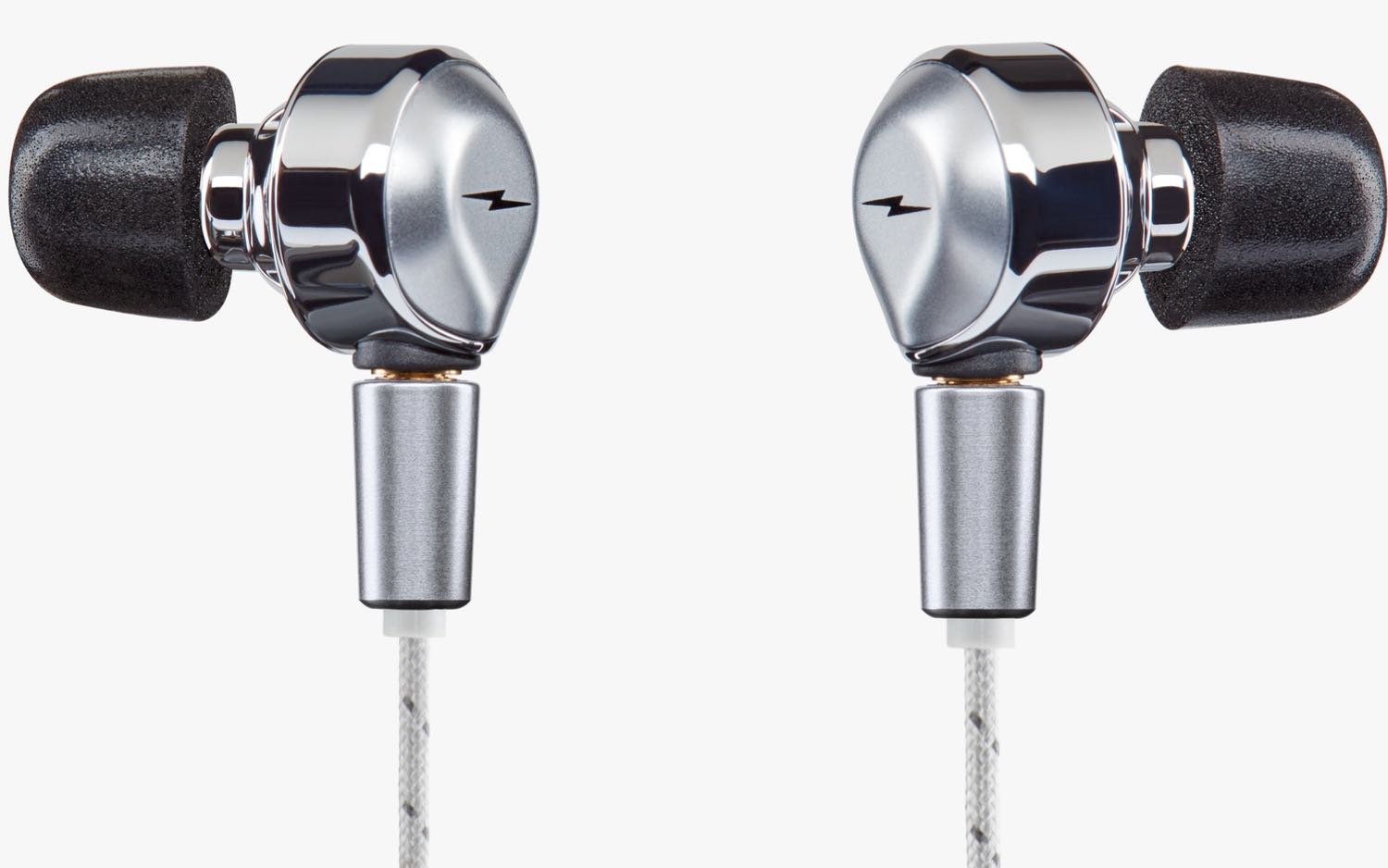
Besides the extra weight, the earbudsprovided the in-ear comfort and snugness I desired. The memory foam tips shaped to my ear canals and locked the earbuds in tight. These served great for at-home listening and when riding the train. High-intensity movements will cause slippage though, and even with the packaged silicone tips, these aren’t earbuds you’ll want to take out for a jog.
MORE: Best Headphones and Earbuds for Enjoying Music
The two plastic modules on each end act as weights to keep the device balanced when in use or worn around the neck. They’re not as problematic as you would think and do a surprisingly good job with stabilization. The cord is also lightweight and won’t strain your neck.
Controls and Setup
The Canfield’s controls are simple once you get the hang of them. For some reason, Shinola doesn’t pack the headphones with instructions, so the only way to familiarize yourself with call management and music playback is through trial and error.
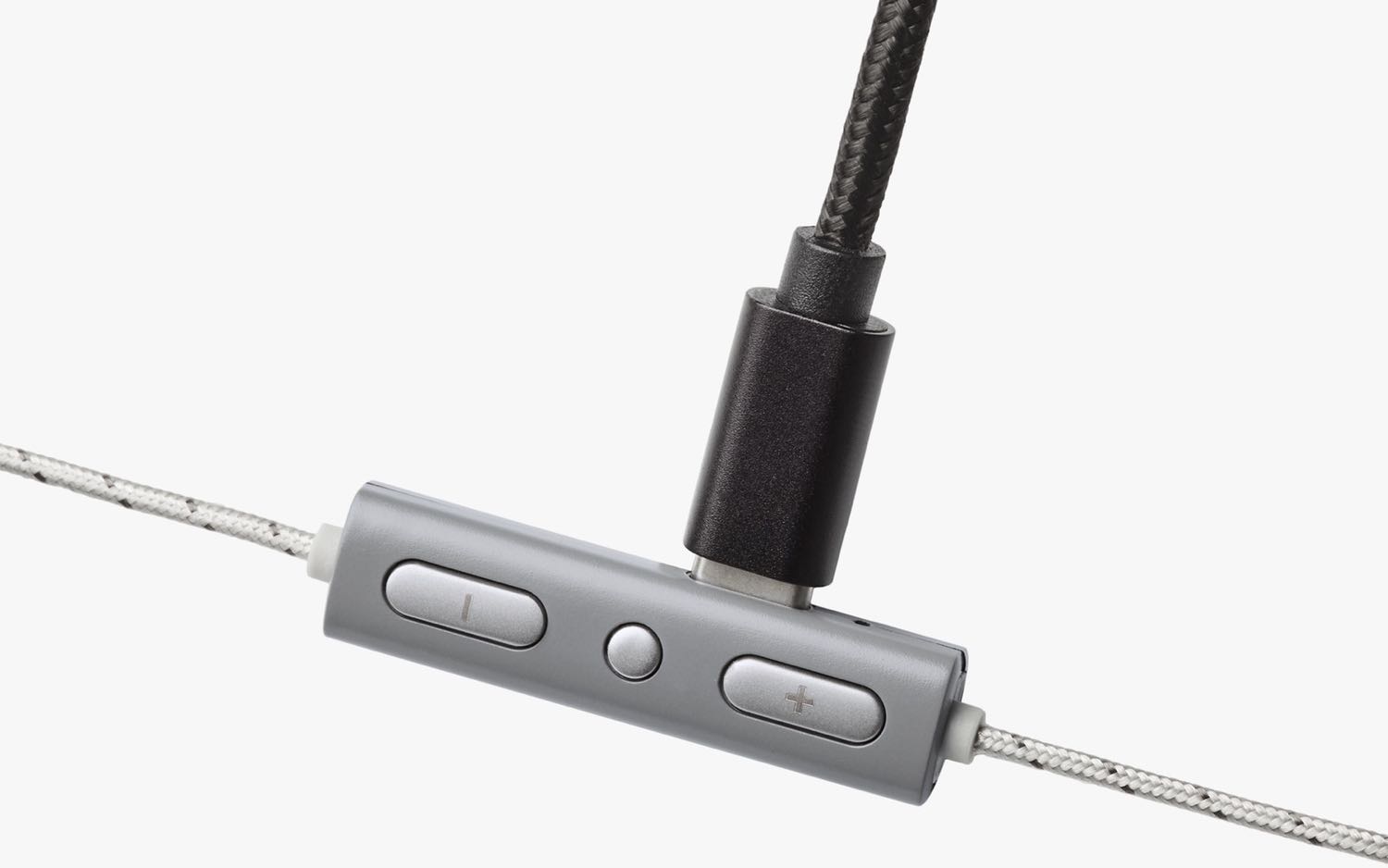
On the upper right of the cable is the control module with volume buttons and a multifunctional button that sits right in the middle. The MF button is the one you’ll want to spend the most time learning and operates as follows: play/pause or answer/end call (tap 1x), skip track or make call (tap 2x), play previous track (tap 3x) and power on/off device (hold for 5 seconds). On the side of the module is the charging port.
The buttons are equally spaced from each other so you can easily differentiate between them and get adequate tactility. Rarely did I have to re-press a button to initiate a playback command.
Oddly enough, the one pair of instructions that do come in the box are for pairing the earphones, which is basic knowledge at this point. Hold down the MF button for 4-5 seconds until the LED turns white. Enter your device’s Bluetooth settings and the pair new device menu, where you’ll select “Shinola Bluetooth IEM” from the available list, and boom, instant connection.
Audio Performance
I tested the Canfield Bluetooth IEM across popular music genres from electronic to hip-hop. The 8.55 millimeter Beryllium dynamic drivers produced clean and detailed audio, giving the earbuds bright, open sound with solid bass performance.
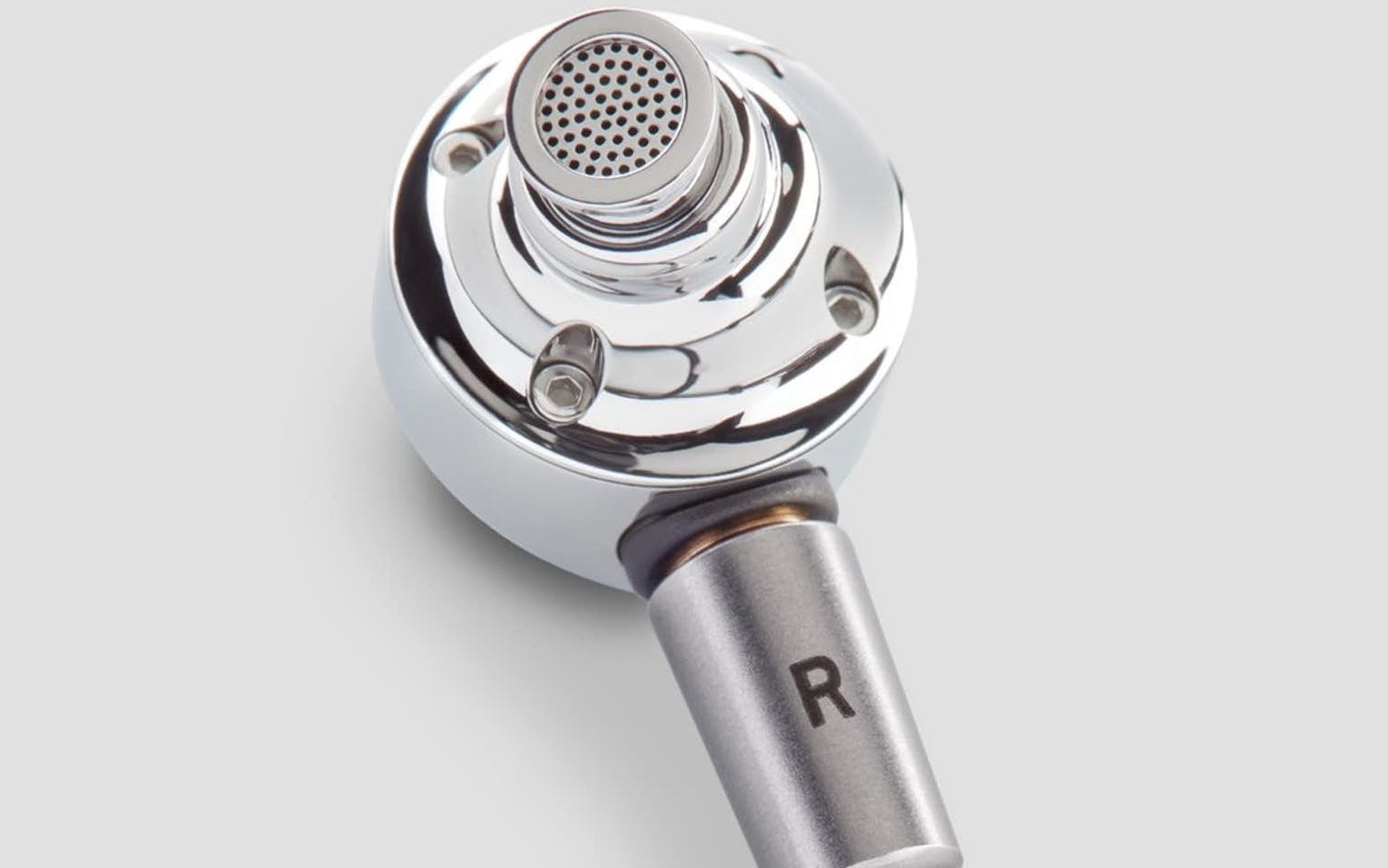
Forest Swords’ “Panic” demonstrated phenomenal instrument separation, while maintaining its boomy, electronic presence. The chiming bells and violins were transparent over the well-textured, grinding low end. This created some solid reverberation that had a lingering presence throughout the song. I noticed slight distortion when listening to the song on the SoundSport Wireless.
The 8.55 millimeter Beryllium dynamic drivers produced clean and detailed audio, giving the earbuds bright, open sound with solid bass performance.
The sound reproduction on lo-fi recordings like De La Soul’s “Pass the Plugs” was spot-on. I easily identified background effects, in this case, crackle and static, that would normally go undetected on bass-heavy headphones. Bose’s earbuds accentuated bass on hip-hop records, leaving little room for mids and highs to be heard, whereas the Canfield Bluetooth IEM balanced these frequencies better.
Transitioning to live performance albums, every track on “James Brown and The Famous Flames: Live at the Apollo” provided me a front row experience. The overall sense of aliveness was stunning, with the crowd’s shrieks sounding just as impactful as the band’s drum kicks. Despite Brown’s intense vocal delivery dominating the soundstage, the trio of background singers carried enough range to distinguish them from the lead.
MORE: Buying Headphones in: Pros and Cons of Every Type
Save for the SoundSport Wireless, most in-ears normally do a quality job of limiting sound leakage. These tiny monitors are no exception. It felt great knowing I could jam out to songs on the bus and train without distracting commuters. My girlfriend wasn’t even aware I was blasting music at high volume when I sitting next to her.
Noise Isolation
One key advantage of memory foam tips is they create a tight seal to isolate sound. The Canfield Bluetooth IEMachieves this, but only when there’s little movement involved. The tips probably won’t stay in place while running, or even rushing through pedestrian traffic.
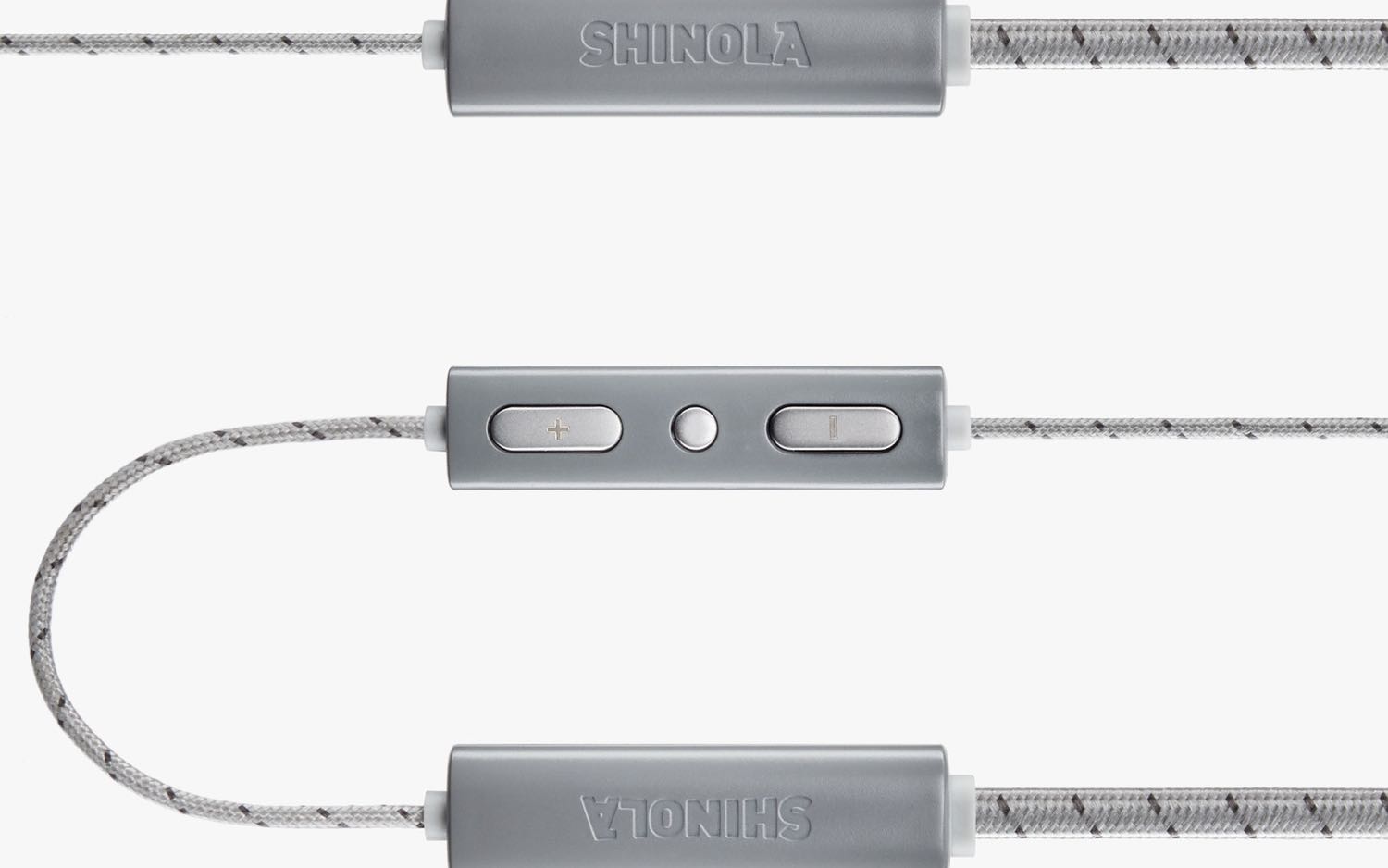
However, if you’re just lounging at a desk or in an Uber, the earbuds do a magnificent job of blocking out ambient noise. Most of the fracas that surrounded me in Central Park was silenced, except for the marching band that crossed my path. Using the earbuds at home was most ideal, allowing me to mute all the background conversations my girlfriend had on her phone in the living room.
Digital Assistant Support
These tiny Bluetooth monitors grant you access to your laptop or phone’s native digital assistant, which is more than likely Google Assistant or Siri. Holding down the MF button activates the feature, but there are latency issues that hinder the experience. I often had to keep my finger on the button for more than 5 seconds to hear the chime prompt for Google Assistant. Other times, the earphones would power off. When I could communicate with the AI bot, all voice commands were met with swift results. The built-in mic picked up my voice and didn’t misinterpret my words.
Battery Life
Shinola promises up to 12 hours of battery life on a single charge. For comparison, that is shorter than the Jaybird Tarah Pro (14 hours.), but far longer than luxury options like the SoundSport Wireless (6 hours.) and Beoplay H5 (5 hours.).
My test run saw the earbuds last around 10.5 hours, which was great for 3-4 days of listening to music. Higher volume levels and Skype calls sucked up juice faster. Competing models require a few hours to generate a full battery, but not these. Fast charging via USB-C connection quickened the process, warranting 2.5 hours of play on a 15-minute charge. I was also grateful the earbuds came fully charged right out of the box.
Call Quality and Connectivity
The call quality on these earbuds is superb. I dialed up several friends, every one of them sounding clear and crisp. Many could tell I was speaking from an earpiece and weren’t phased by it. One person claimed I sounded a little distant when walking outside, but could still make out what I was saying, thanks to the powerful mic.
Whether it was screening calls or streaming music, the Canfield Bluetooth IEMmaintained a steady connection. Bluetooth 4.2 holds up well, offering up to 30 feet of wireless listening. It was liberating to jump from room to room in my apartment and leave my connected device in the bedroom. Being able to pair the earbuds to two devices simultaneously was another perk that made switching from laptop to mobile and vice versa more convenient.
MORE: Best Bluetooth Speakers for Home or On-the-Go
Bottom Line
For $125, the Shinola Canfield Bluetooth IEMis a pricey but high-quality pair of wireless earbuds with excellent audio performance to match its sleek, executive design. The sound profile is rich in clarity and detail, plus it is genre-neutral, letting you enjoy all music categories. I also appreciated the call quality and noise isolation it provided.
There are still some areas where the earbuds could use some polishing. Those living active lifestyles won’t be thrilled with the earbuds constantly slipping out of their ears. The digital assistant feature is another one, as activating it isn’t as responsive as on other models.
Overall, the Canfield Wireless IEM is a solid performer that deserves a listen, if your budget allows for them. Just know that the SoundSport Wireless offer as much for $100 less.
Credit: Shinola
A lifestyle journalist with an affinity for consumer products, Alex has over a decade of experience and has worked with popular publications such as Complex, Thrillist, Men’s Health, Gear Patrol, AskMen, and Hoop Magazine. He currently focuses on audio, reviewing the most coveted headphones in the market for both Tom’s Guide and Laptop Magazine.
-
delaro ProsReply
........
Exceptional build quality and craftsmanship
Replaceable MMCX-compatible cable
Wrap-around design keeps monitors in your ears
Cons
.........
Overpriced.
Audible hiss on playback at low volumes.
Mediocre sound for the price point.
Included silicone tips won't fit everyone well, they were quite painful for me after a hour of use.
Audible hiss is a deal breaker for such a expensive set, I expect not to be annoyed at any volume I pick. The sound quality is like listening through a barrier, vocals seem dull and much of the high end seems muddled. Maybe I just had a bad pair but I tried connecting to a few different devices and was still disappointed by the overall sound quality.
